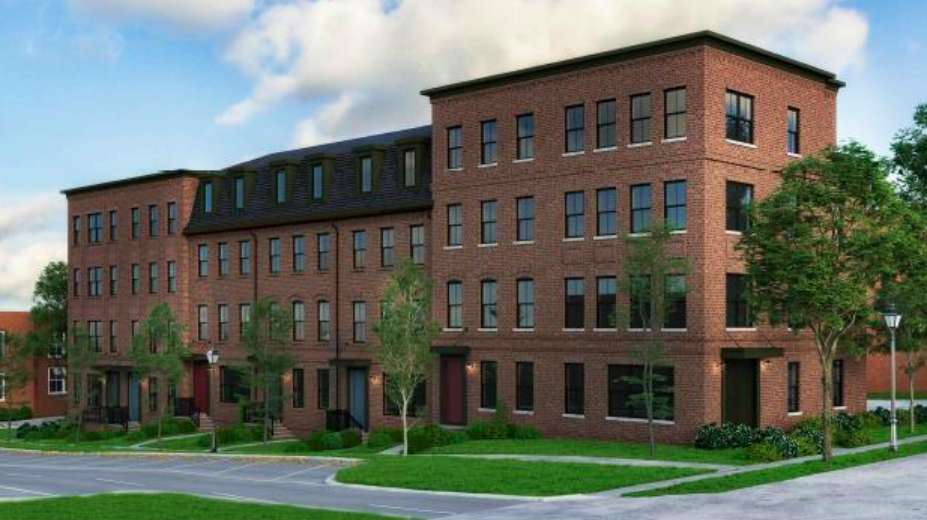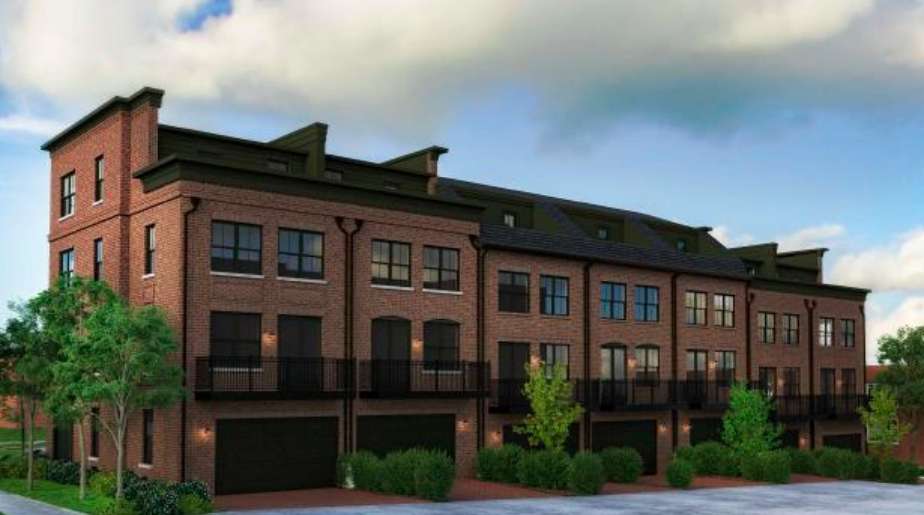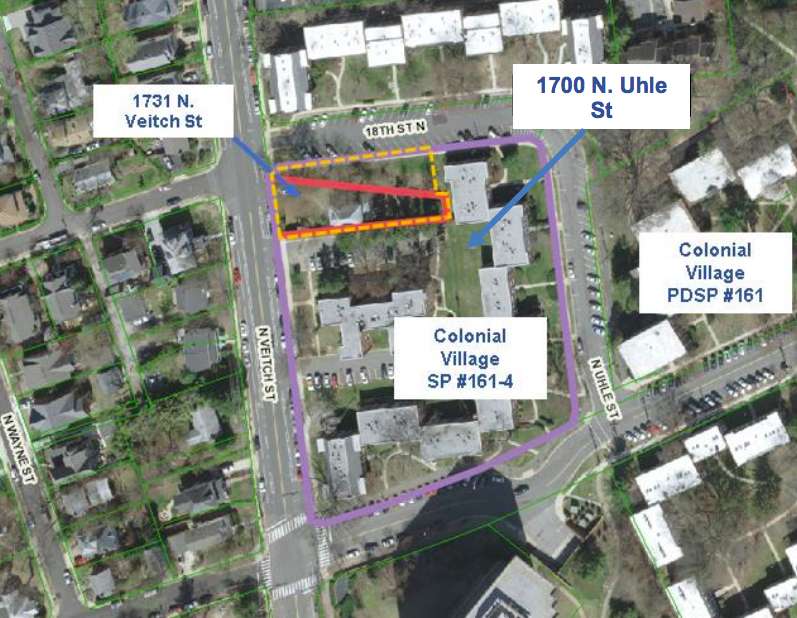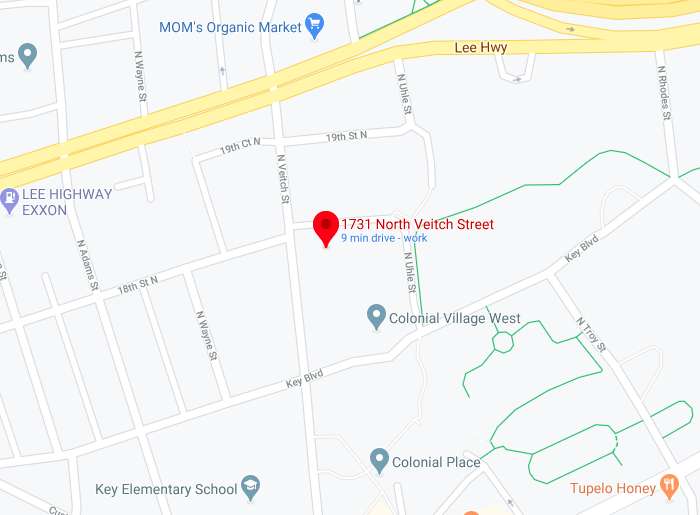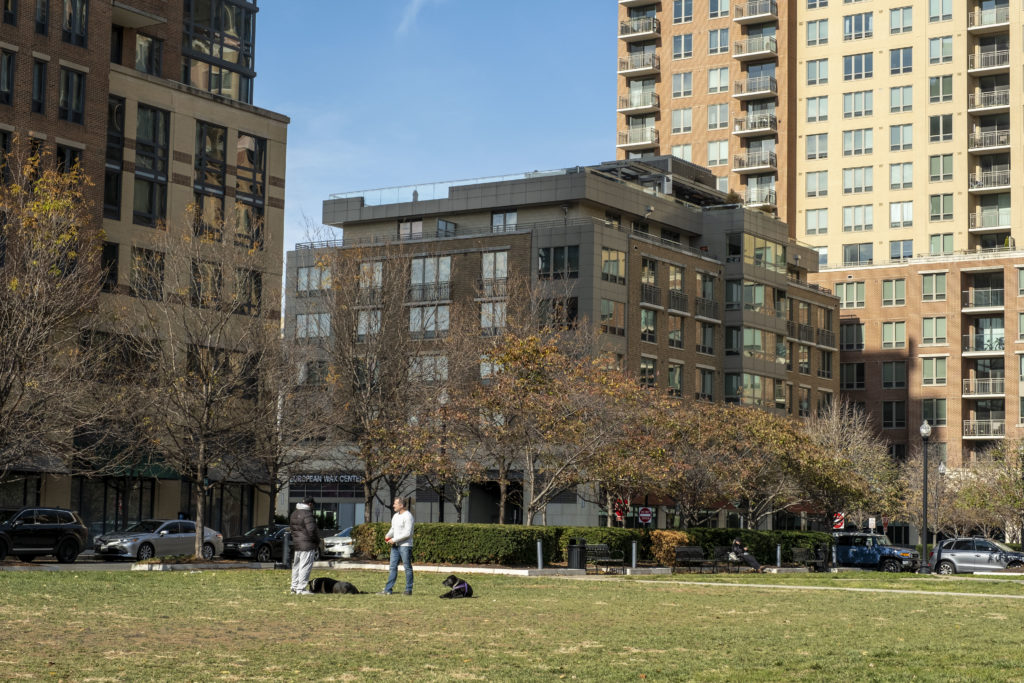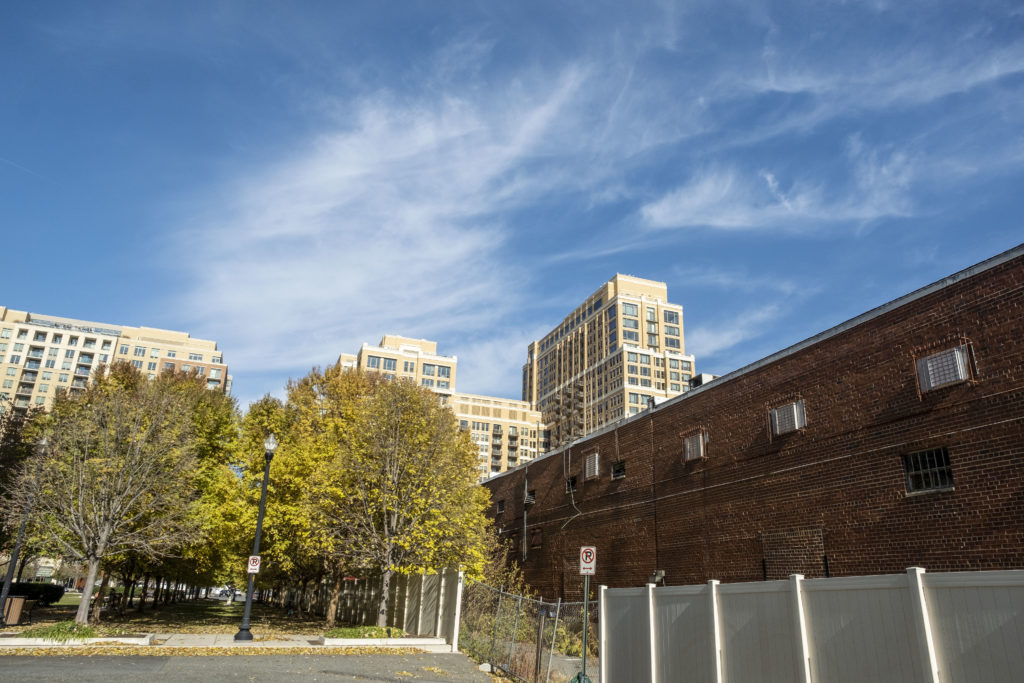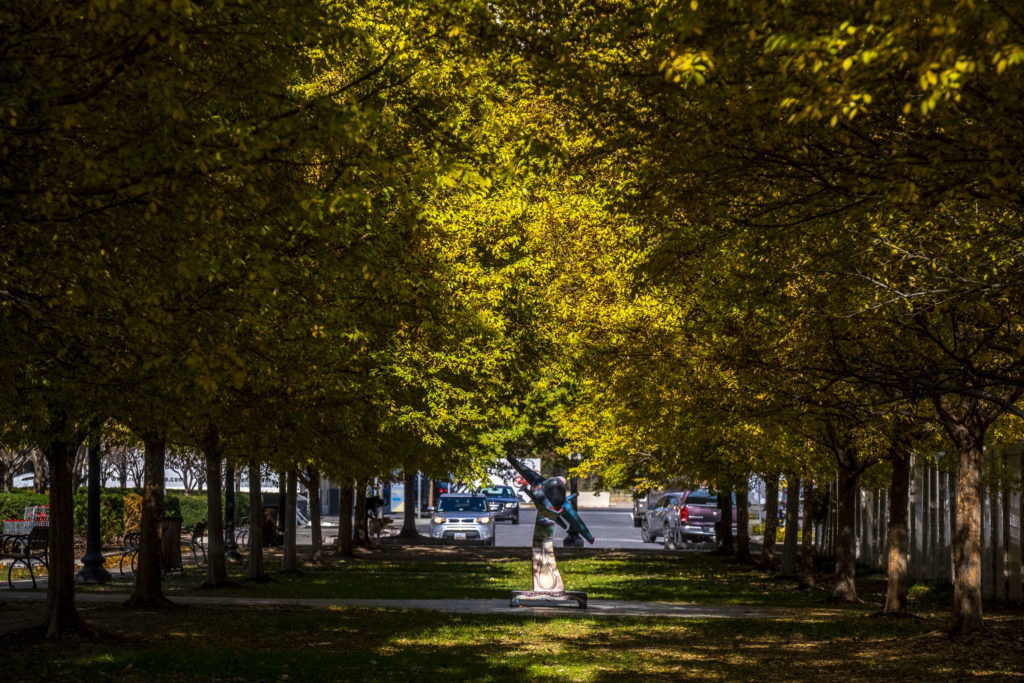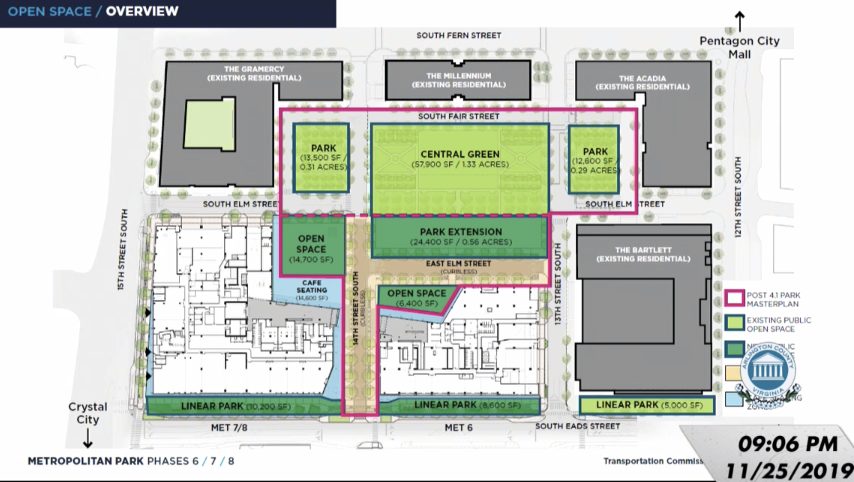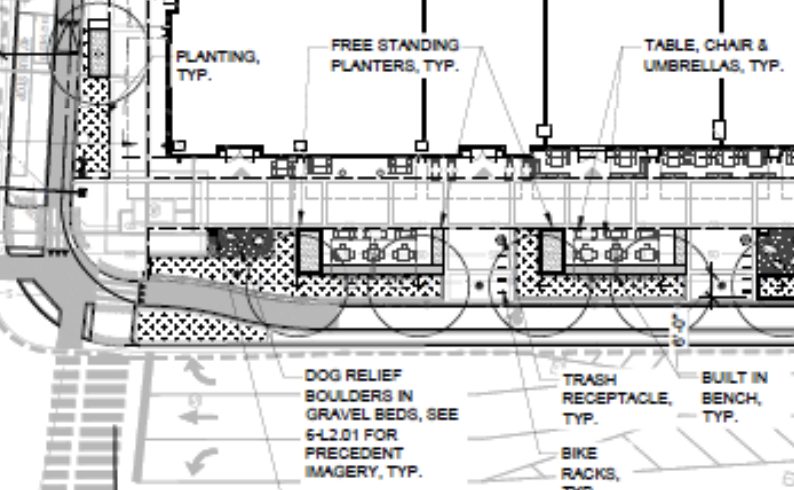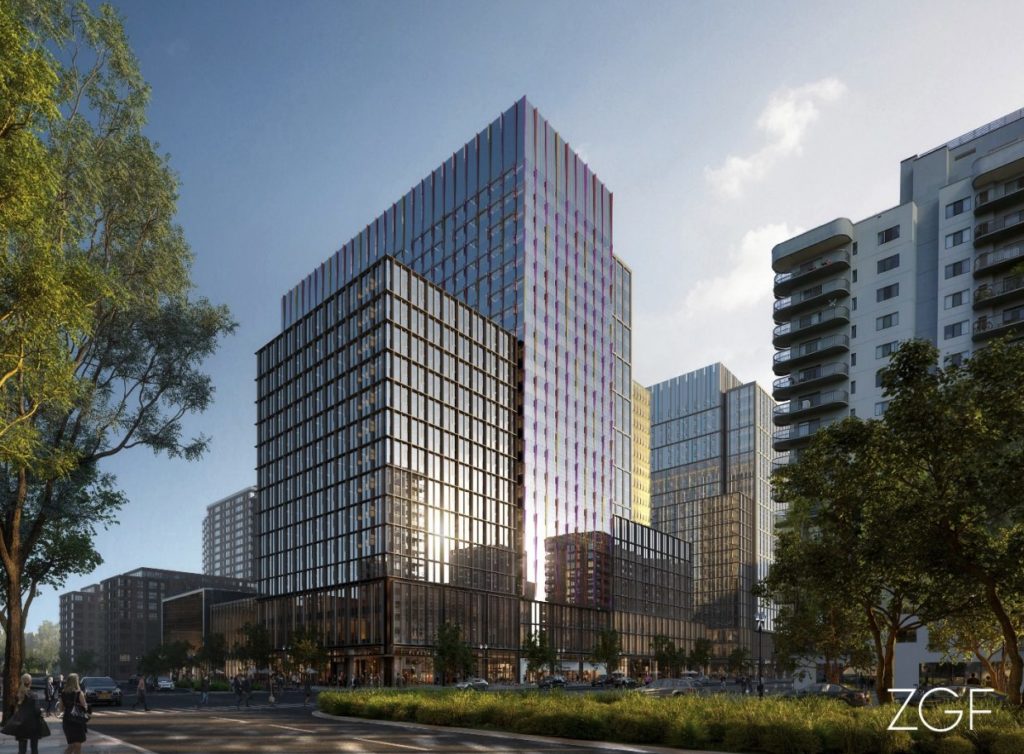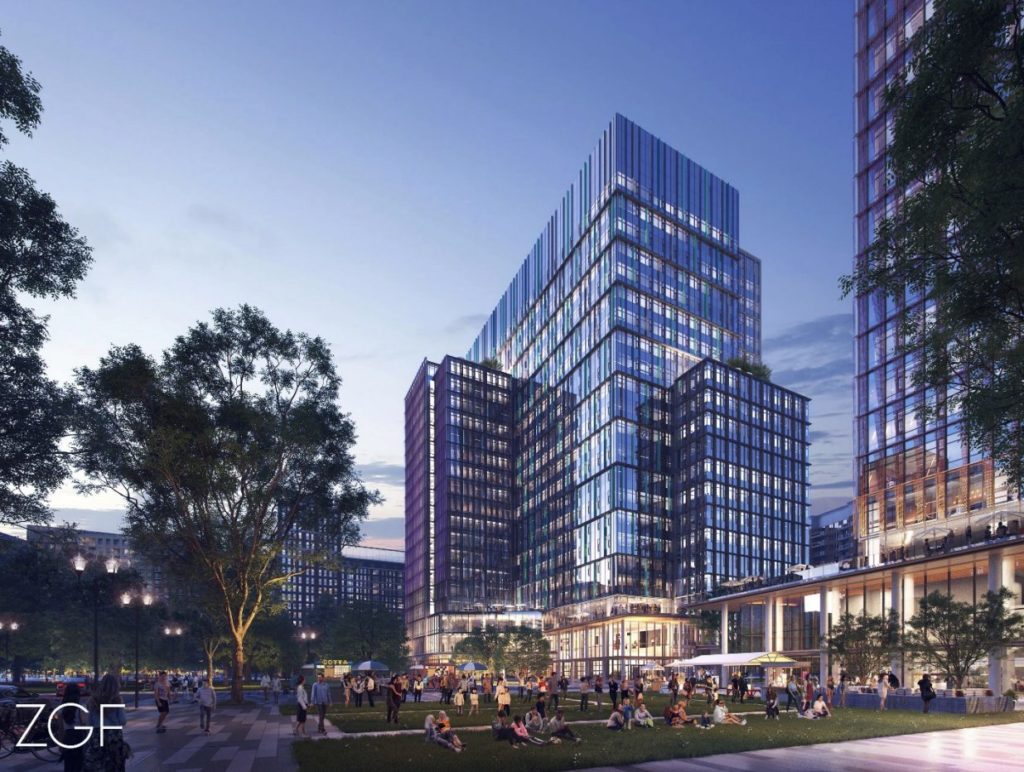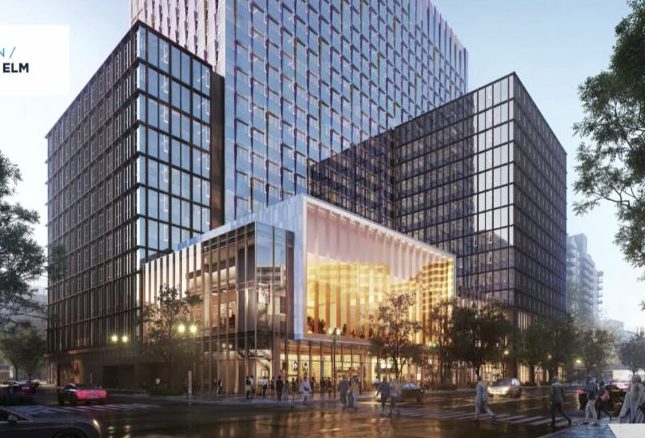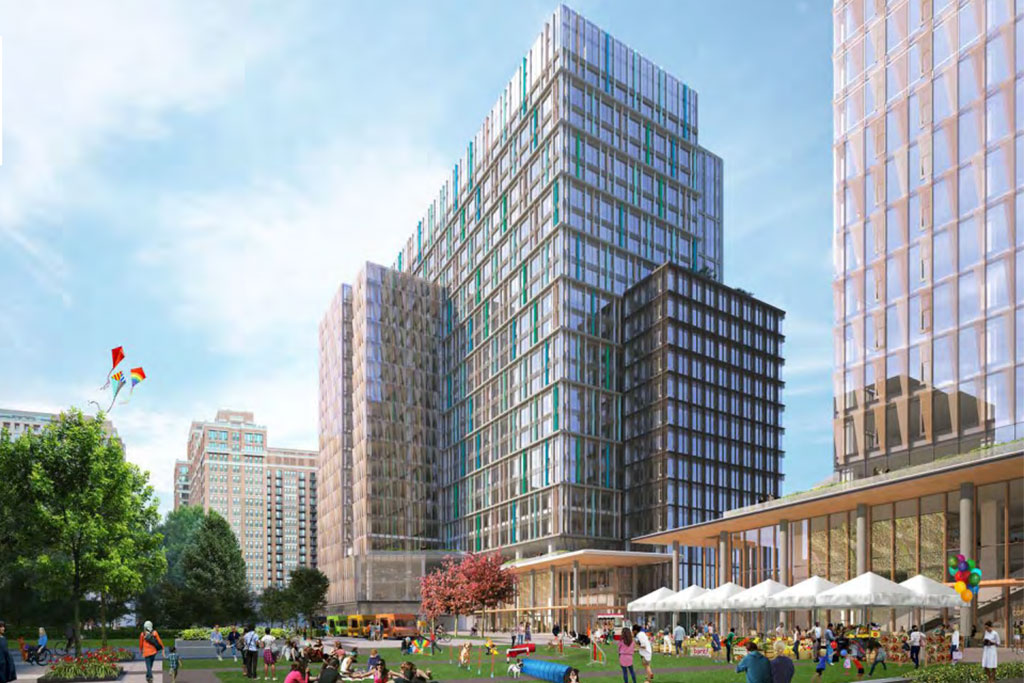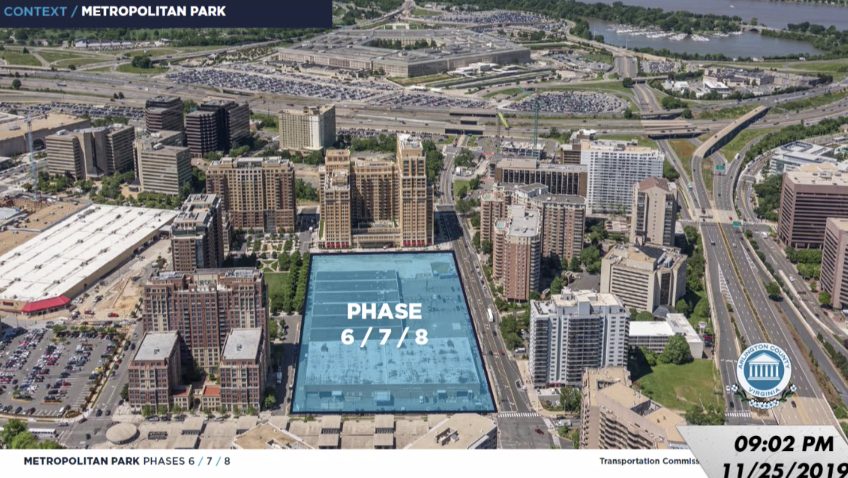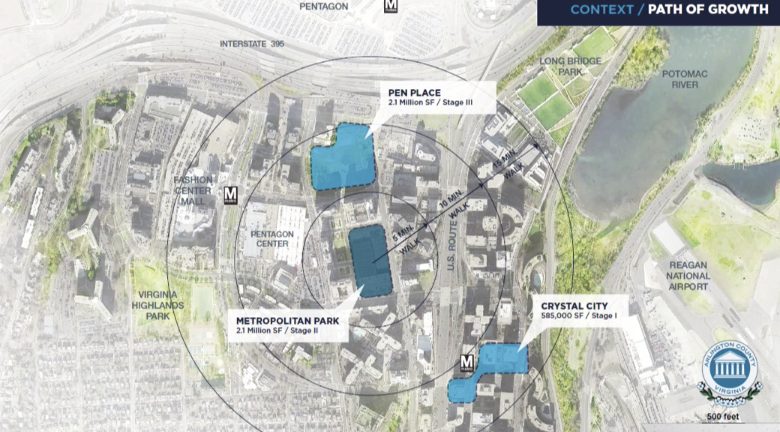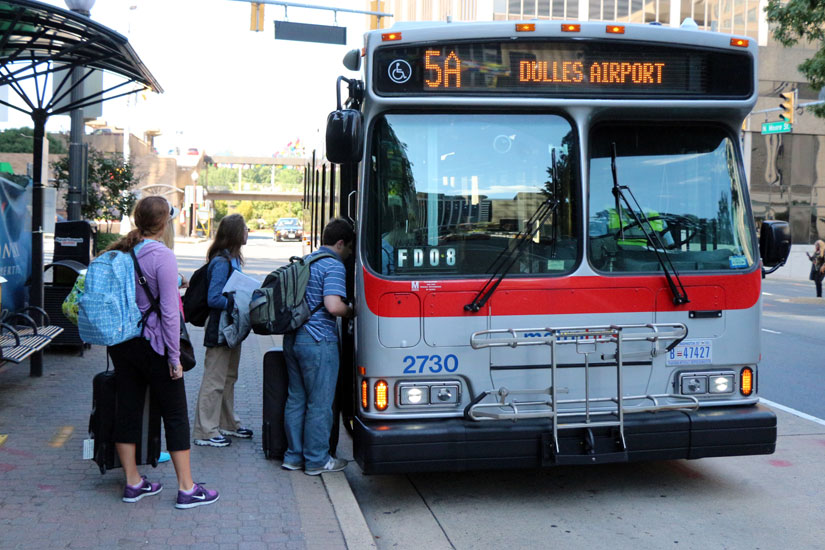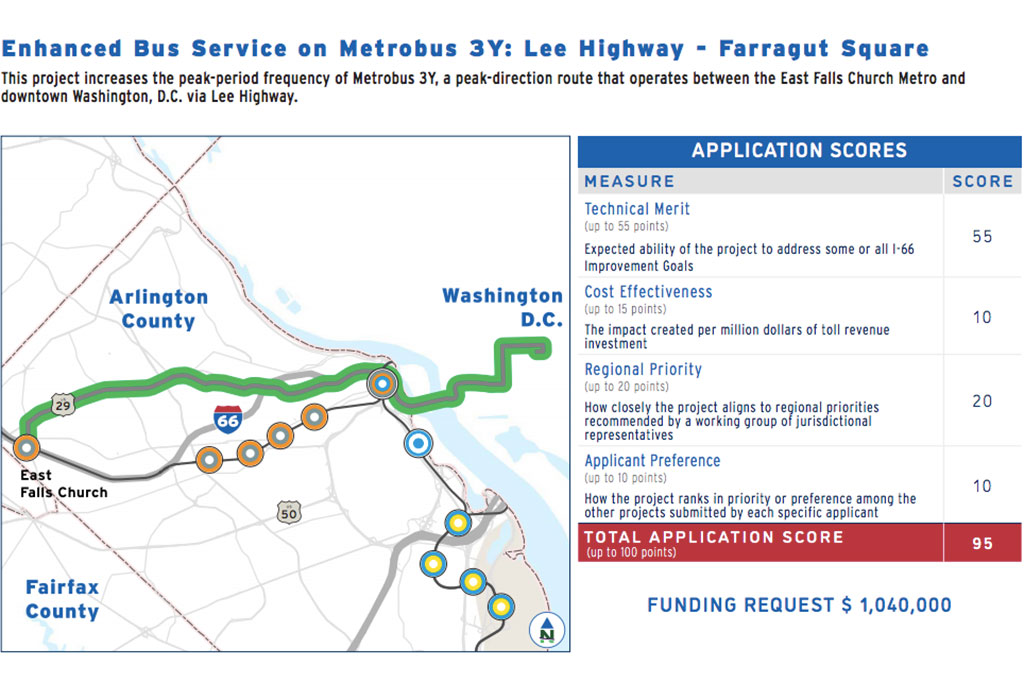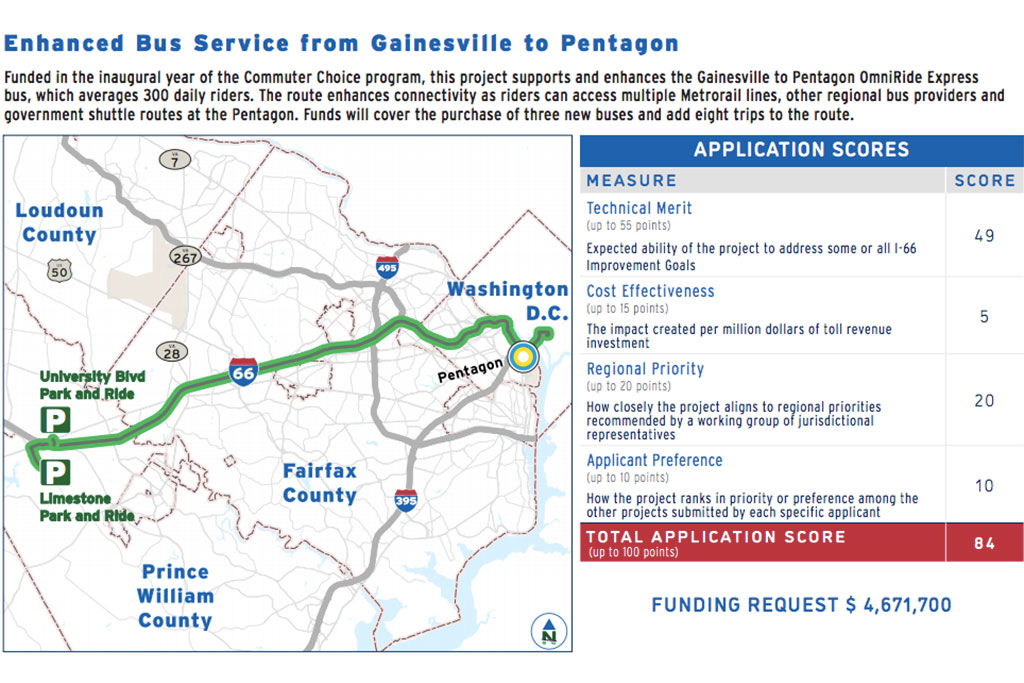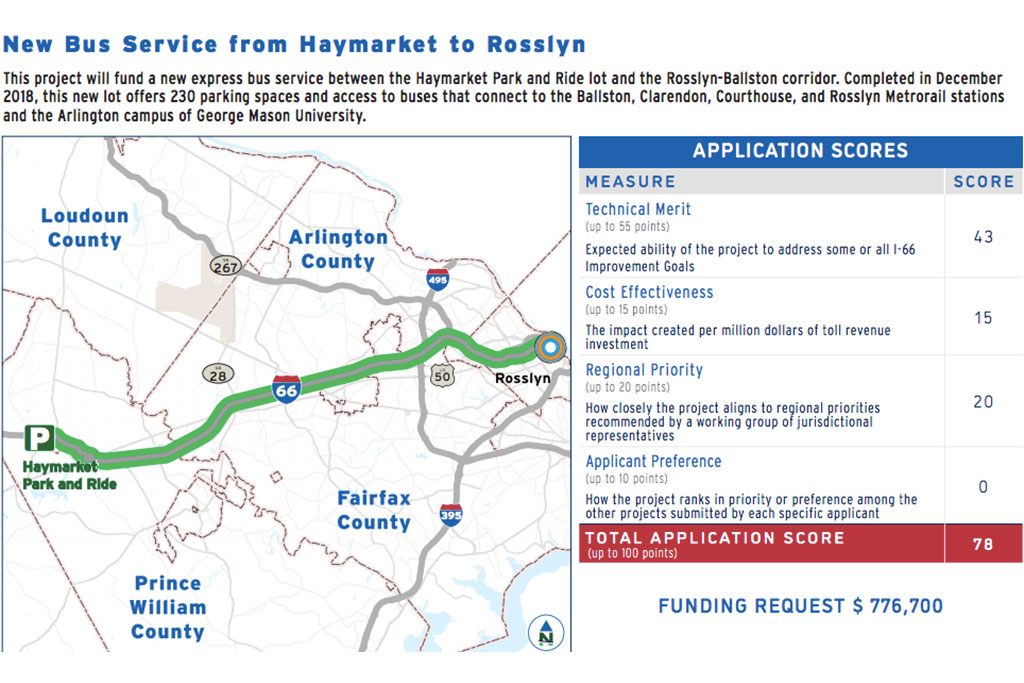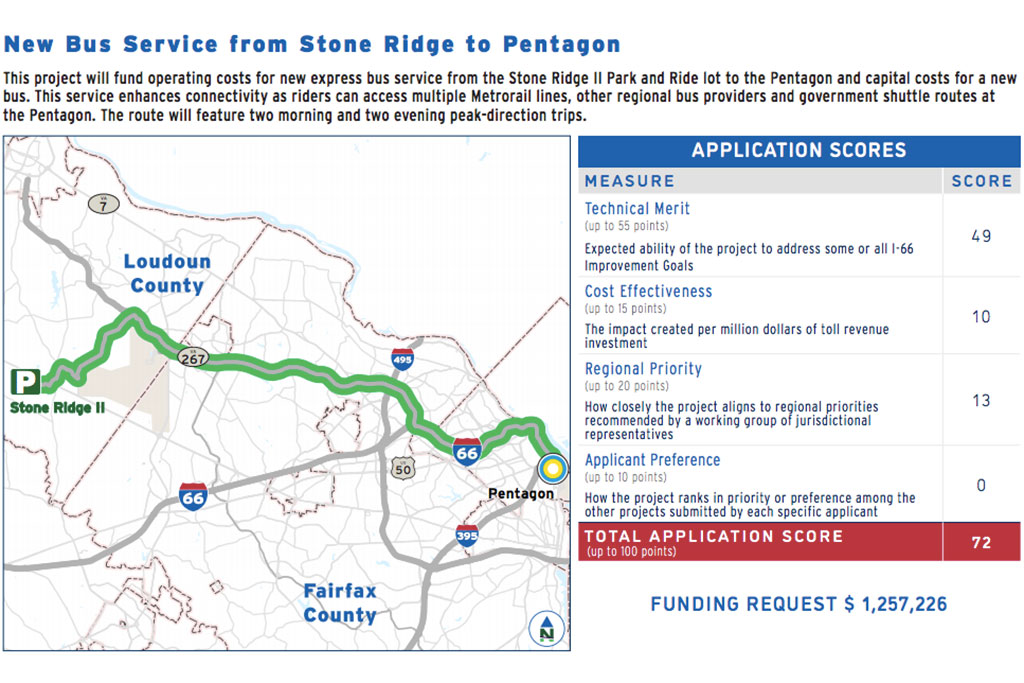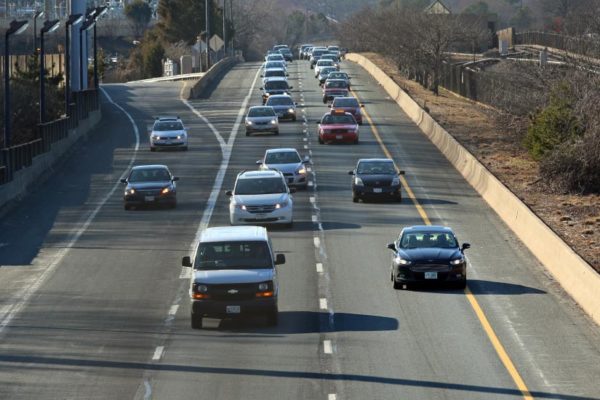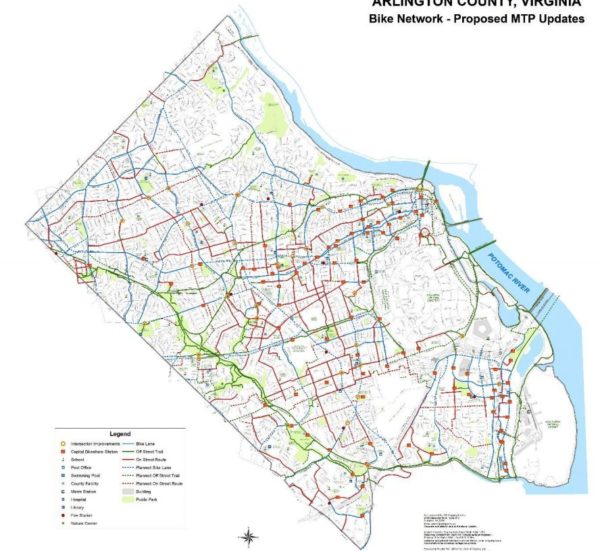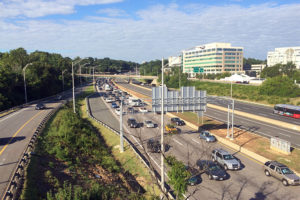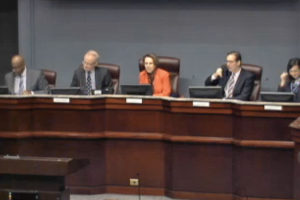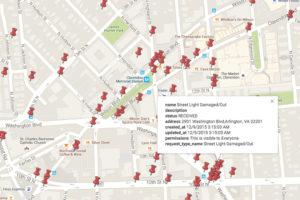Arlington County is currently working through a plan to add more options for housing through zoning changes, but there was disagreement during a recent Transportation Commission meeting over whether greater diversity of housing types will actually help with affordability.
Staff at the Transportation Commission noted that what’s being built these days are typically either condos and apartments or huge single-family homes. Townhouses and smaller, “starter” homes are more rare, resulting in a shrinking supply of housing accessible to young families.
“Neighborhoods are changing,” staff said. “Even without any intervention that will continue to change. New construction is either very large homes or smaller units in Metro corridors. Only 6% are three bedrooms or more, and that creates some tension as people seek to find housing for growing families.”
While affordable, mid-size units are in demand, the most lucrative options for developers are the higher-priced, luxury housing. Without some sort of intervention, staff said the neighborhoods will continue to become more expensive.
A framework for the Missing Middle Housing Study released in late December said the goals of the plan are:
- A shared definition for the term “missing middle housing” for Arlington
- A set of policy options to support preservation of existing Missing Middle housing stock and production of new Missing Middle housing types for County Board consideration
- Identification of additional considerations relating to the Comprehensive Plan and other County policies and practices to be further reviewed in support of the goals of this process
- The ability for new housing type alternatives to be built that meet Arlington’s definition of ‘missing middle housing”, offering greater affordability and design that is complementary and compatible with the scale and style of their intended neighborhoods
Part of that framework also dealt with “locational factors” for missing-middle housing.
“Building more housing… where people shop and work and have easy access to transit is one of the few things we can do in a small community to lessen our carbon impact,” said Transportation Commission member Chris Yarie. “Really drive the pedal down on that a lot, please.”
Transportation Commission member Audrey Clement was more wary of the plan, saying that it calls to increase types of housing but says nothing about affordability or equity. Instead, Clement echoed concerns of some in Arlington that the plan is an effort to quietly curtail single-family zoning.
“This is about the densification of the county and further gentrification of the county,” Clement said. “Given that is implied in the goals, to implement such a plan would require upzoning. Therefore it is disingenuous to say this is not about upzoning because that’s precisely what would be required to increase housing in residential neighborhoods.”
Clement pointed to the Veitch Street home to be replaced by several townhouses, discussed earlier in that same meeting.
“We’re really replacing every million-dollar home with up to seven million-dollar homes on residential lots,” Clement said. “That will serve the purpose of densifying the county, but it won’t provide more affordable housing and it’s a misnomer to call this a Missing Middle plan.”
Clement’s concerns are echoed by Arlingtonians for Our Sustainable Future, a group “concerned about Arlington County’s accelerated population growth and density” and its effect on water infrastructure, schools and transportation systems.



